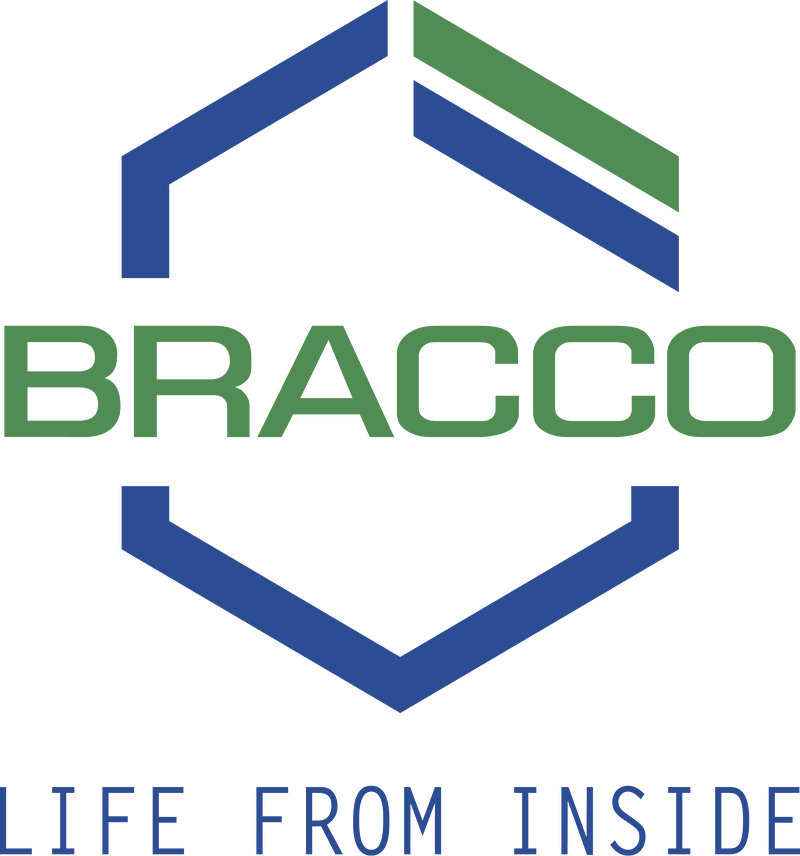Have a Question?
Determination of suitability for pre-RP administration evaluation and management (E&M) charges
Q.
Our nuclear medicine physician wants to charge a consult when they meet with a new patient before performing therapy using an intravenous delivery of the radiopharmaceutical. They state that they have to see the patient and review their labs and make sure that the plan of care from oncology is something that the patient is able to withstand. Sometimes after the review of this information, they will change the plan of care.
I’m not sure if this visit is something that would be included with the administration of the therapy (I’m thinking the CPT® would be 79101?) Do you have any input on whether a consult would be something that would be medically necessary for them to provide the treatment? They think it is medically necessary to meet with the patient and review all of their labs before approving their therapy. Our provider stated they had spent 40 minutes with the patient they saw yesterday. To me, I would think this would be included with the therapy, but I don’t find anything in writing that I can point to.
A.
CPT code 79101 is the appropriate code for this type of treatment.
The code and full description are as follows:
79101 Radiopharmaceutical therapy, by intravenous administration
According to information from the SNMMI, therapeutic nuclear medicine procedures do not include the decision to treat, and if a physician is involved in that they may bill an E/M service if appropriately documented.
On the other hand, Medicare says 79101 has an indicator of XXX:
“Procedures with a global surgery indicator of “XXX” are not covered by these rules. Many of these “XXX” procedures are performed by physicians and have inherent pre-procedure, intra-procedure, and post-procedure work usually performed each time the procedure is completed. This work shall not be reported as a separate E&M code. Other “XXX” procedures are not usually performed by a physician and have no physician work relative value units associated with them. A physician shall not report a separate E&M code with these procedures for the supervision of others performing the procedure or for the interpretation of the procedure. With most “XXX” procedures, the physician may, however, perform a significant and separately identifiable E&M service that is above and beyond the usual pre- and post-operative work of the procedure on the same date of service which may be reported by appending modifier 25 to the E&M code. This E&M service may be related to the same diagnosis necessitating performance of the “XXX” procedure but cannot include any work inherent in the “XXX” procedure, supervision of others performing the “XXX” procedure, or time for interpreting the result of the “XXX” procedure.
When physician interaction with a patient is necessary to accomplish a radiographic procedure, typically occurring in invasive or interventional radiology, the interaction generally involves limited pertinent historical inquiry about reasons for the examination, the presence of allergies, acquisition of informed consent, discussion of follow-up, and the review of the medical record. In this setting, a separate E&M service is not reported. As a rule, if the medical decision making that evolves from the procurement of the information from the patient is limited to whether or not the procedure should be performed, whether comorbidity may impact the procedure, or involves discussion and education with the patient, an E&M code is not reported separately. If a significant, separately identifiable service is rendered, involving taking a history, performing an exam, and making medical decisions distinct from the procedure, the appropriate E&M service may be reported.”
Ultimately, it depends on the physician’s determination of what is separately identifiable.
